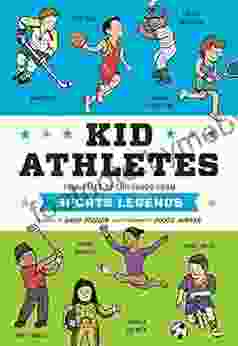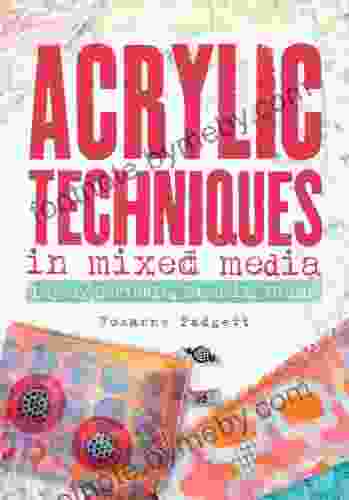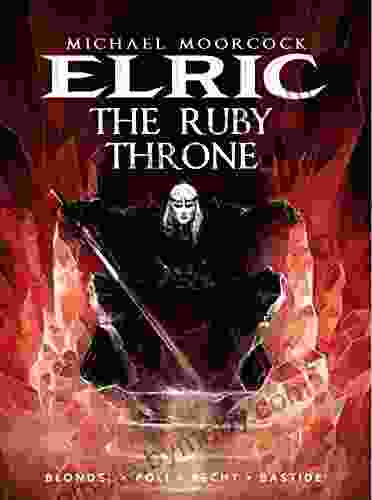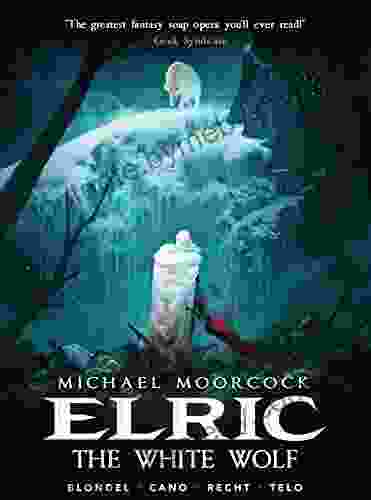Confronting the Past: Using Racist Memorabilia to Promote Tolerance and Social Justice

In a world striving for equality and understanding, it is essential to confront the remnants of a discriminatory past. Racist memorabilia, once symbols of oppression, can now serve as powerful tools for teaching tolerance and promoting social justice.
4.8 out of 5
| Language | : | English |
| File size | : | 18771 KB |
| Text-to-Speech | : | Enabled |
| Screen Reader | : | Supported |
| Enhanced typesetting | : | Enabled |
| Word Wise | : | Enabled |
| Print length | : | 209 pages |
The History and Significance of Racist Memorabilia
Racist memorabilia refers to objects, artifacts, and images that promote or depict racial stereotypes, discrimination, or violence. It includes items such as blackface dolls, KKK robes, segregation-era signs, propaganda posters, and advertisements.
These objects have a long and complex history, originating from the colonial era and the Jim Crow era in the United States. They were used to justify and normalize racial hierarchy and to perpetuate racist ideology.
Transforming Racist Memorabilia into Educational Resources
In recent years, there has been a growing movement to repurpose racist memorabilia for educational purposes.
Museums and historical societies are incorporating these objects into their collections and exhibitions. By placing them in a historical context, they can help visitors understand the roots of racism and its impact on society.
Educators are using racist memorabilia as teaching tools to facilitate discussions about race, prejudice, and the fight for civil rights. They challenge students to confront the objectification of marginalized groups and to develop critical thinking skills.
Dilemmas and Considerations
Using racist memorabilia for educational purposes is not without its dilemmas.
Critics argue that it could perpetuate stereotypes or glorify a harmful past. Others believe that these objects should be hidden away or destroyed to prevent their misuse.
However, proponents of using racist memorabilia for education emphasize that it allows for a deeper understanding of history and its complexities. They argue that by confronting these objects, we can confront the legacy of racism and work towards social justice.
Case Studies: Museums and Educational Programs
- The Jim Crow Museum of Racist Memorabilia: Located at Ferris State University, Michigan, this museum houses an extensive collection of racist memorabilia. It provides a powerful educational experience that challenges stereotypes and promotes understanding.
- The National Museum of African American History and Culture: This museum in Washington, D.C. includes racist memorabilia in its collection to explore the history of racial oppression and the fight for equality.
- The Rosa Parks Museum: Located in Montgomery, Alabama, this museum features a collection of racist memorabilia that sheds light on the experiences of Rosa Parks and the Montgomery bus boycott.
- The Anne Frank House: Although not specifically focused on racist memorabilia, this museum tells the story of Anne Frank, a young Jewish girl who hid from the Nazis during the Holocaust. The museum uses artifacts, including racist propaganda, to convey the horrors of fascism and intolerance.
Using racist memorabilia to teach tolerance and promote social justice is a complex and challenging endeavor. However, it is an essential one if we are to confront our past and work towards building a more equitable society.
By repurposing these objects for educational purposes, we can gain a deeper understanding of racism and its impact. We can use them as tools for dialogue, critical thinking, and reconciliation.
In the hands of responsible educators and institutions, racist memorabilia can become powerful instruments in the fight against intolerance and in the pursuit of social justice.
4.8 out of 5
| Language | : | English |
| File size | : | 18771 KB |
| Text-to-Speech | : | Enabled |
| Screen Reader | : | Supported |
| Enhanced typesetting | : | Enabled |
| Word Wise | : | Enabled |
| Print length | : | 209 pages |
Do you want to contribute by writing guest posts on this blog?
Please contact us and send us a resume of previous articles that you have written.
 Book
Book Novel
Novel Page
Page Chapter
Chapter Text
Text Story
Story Genre
Genre Reader
Reader Library
Library Paperback
Paperback E-book
E-book Magazine
Magazine Newspaper
Newspaper Paragraph
Paragraph Sentence
Sentence Bookmark
Bookmark Shelf
Shelf Glossary
Glossary Bibliography
Bibliography Foreword
Foreword Preface
Preface Synopsis
Synopsis Annotation
Annotation Footnote
Footnote Manuscript
Manuscript Scroll
Scroll Codex
Codex Tome
Tome Bestseller
Bestseller Classics
Classics Library card
Library card Narrative
Narrative Biography
Biography Autobiography
Autobiography Memoir
Memoir Reference
Reference Encyclopedia
Encyclopedia Deborah Brautigam
Deborah Brautigam Michael G Silverman
Michael G Silverman Debbie Tomkies
Debbie Tomkies David A Wilson
David A Wilson David Hugh Bunnell
David Hugh Bunnell David Pere
David Pere Connie Willis
Connie Willis David Pagano
David Pagano Paul E Hardisty
Paul E Hardisty David Greenberg
David Greenberg Debora Rasio
Debora Rasio David Chuka
David Chuka Carrie Harper
Carrie Harper Dawn Greenfield Ireland
Dawn Greenfield Ireland Debbi Michiko Florence
Debbi Michiko Florence David A Moss
David A Moss Debbie Tung
Debbie Tung David Wood
David Wood Davonne Reaves
Davonne Reaves Dean Littlepage
Dean Littlepage
Light bulbAdvertise smarter! Our strategic ad space ensures maximum exposure. Reserve your spot today!
 Ibrahim BlairFollow ·19.5k
Ibrahim BlairFollow ·19.5k John GreenFollow ·15.7k
John GreenFollow ·15.7k Isaac BellFollow ·15.1k
Isaac BellFollow ·15.1k Winston HayesFollow ·17.3k
Winston HayesFollow ·17.3k Ricky BellFollow ·16.9k
Ricky BellFollow ·16.9k Hector BlairFollow ·18.3k
Hector BlairFollow ·18.3k Victor TurnerFollow ·15.5k
Victor TurnerFollow ·15.5k Jonathan HayesFollow ·16.1k
Jonathan HayesFollow ·16.1k

 Jayden Cox
Jayden CoxFaith Lies and the War on Terror: Exposing the Truth...
In the aftermath of the 9/11...
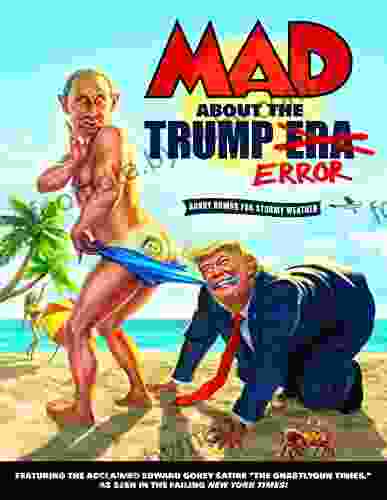
 Jack Powell
Jack PowellMad About the Trump Era: Mad Magazine 2024
The Trump...

 Warren Bell
Warren BellYou Got This: Tips for Women Who Want to Rock at Real...
Real estate...
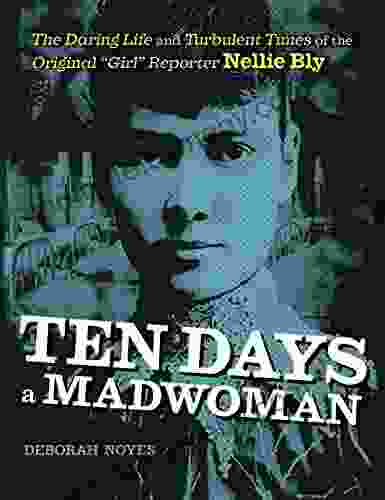
 Ernest Cline
Ernest ClineThe Daring Life and Turbulent Times of the Original Girl...
: Embracing the Spirit of Adventure In...
4.8 out of 5
| Language | : | English |
| File size | : | 18771 KB |
| Text-to-Speech | : | Enabled |
| Screen Reader | : | Supported |
| Enhanced typesetting | : | Enabled |
| Word Wise | : | Enabled |
| Print length | : | 209 pages |



